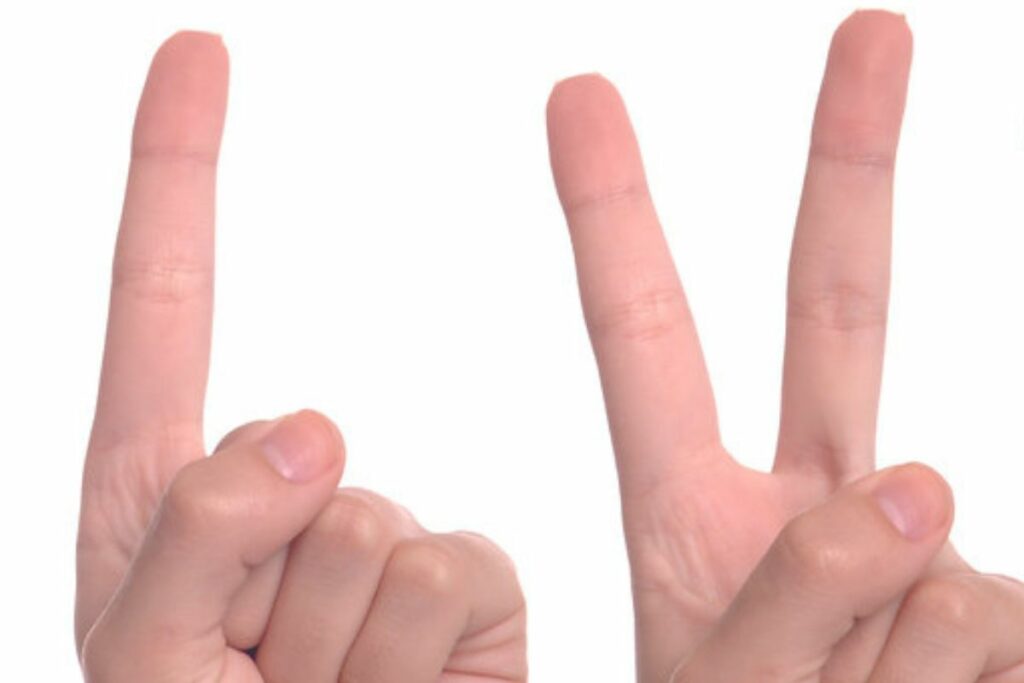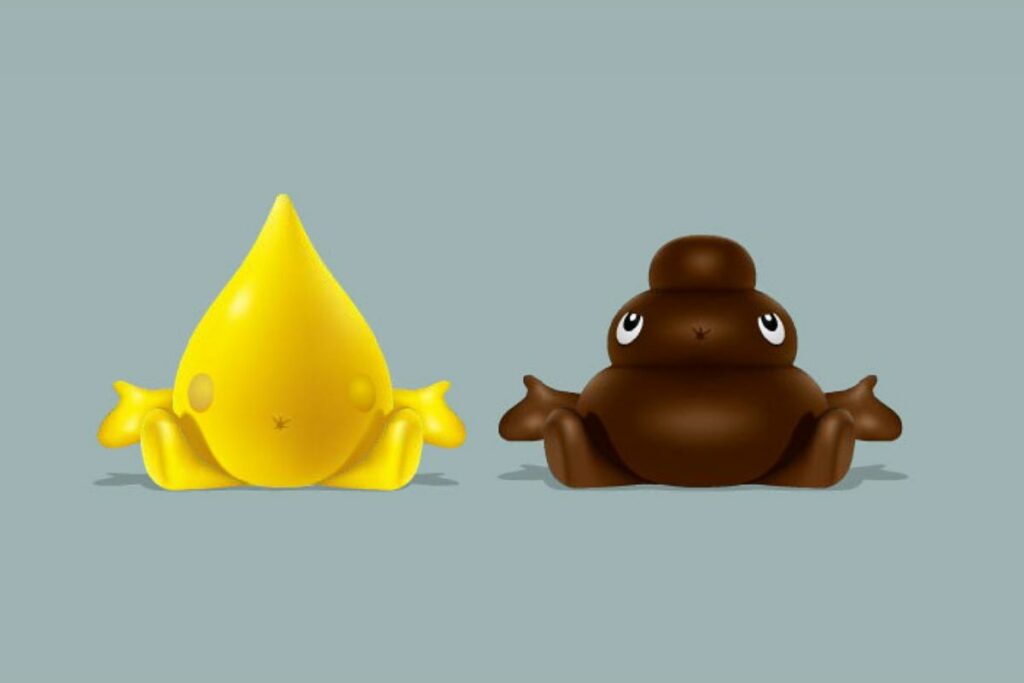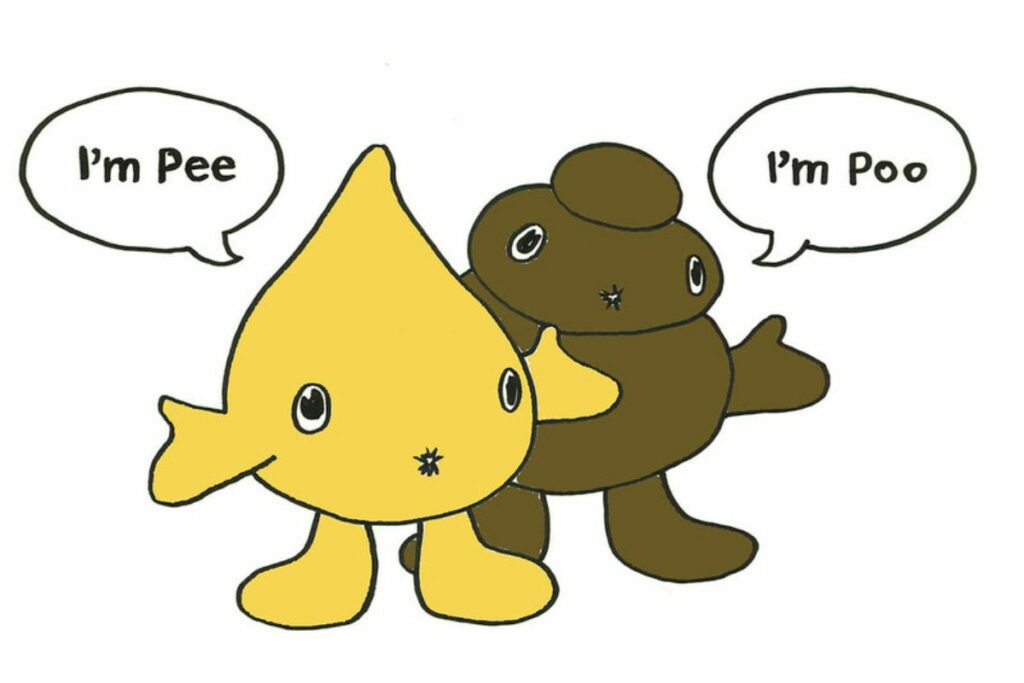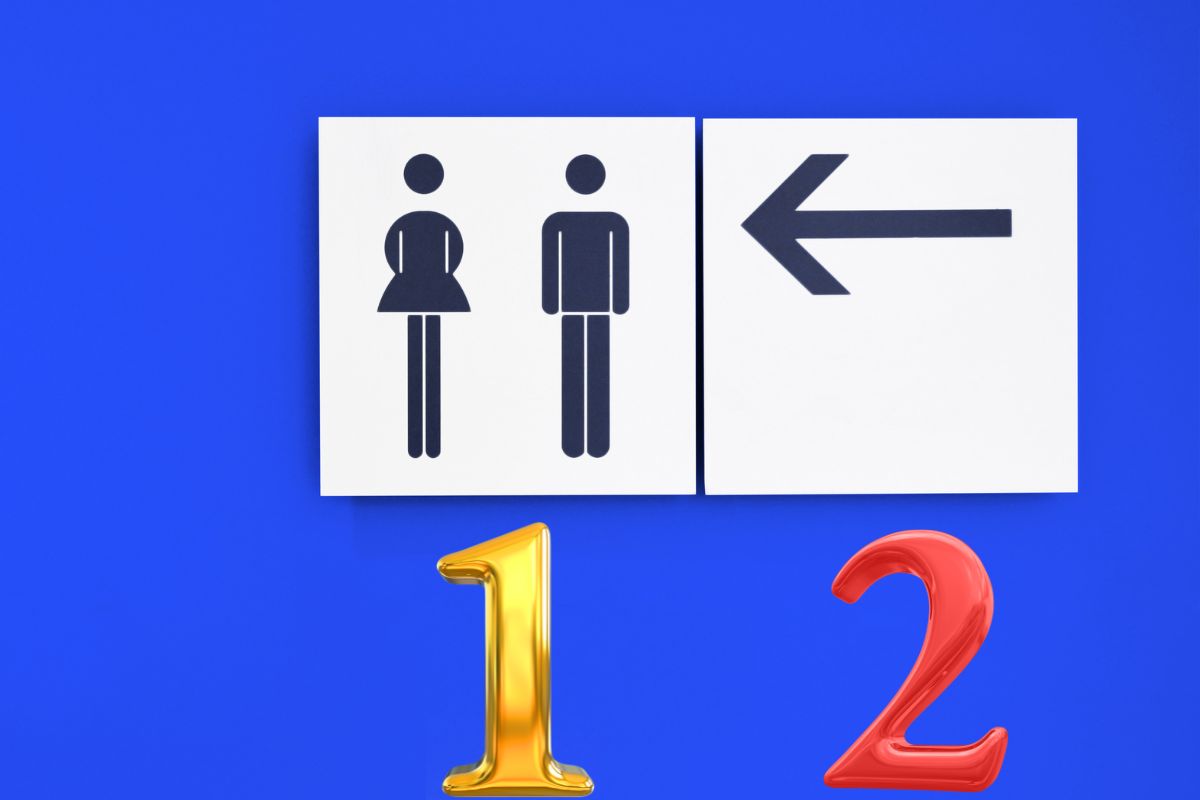Have you ever heard people excusing themselves from a group discussion because they need to go number 1 or number 2? Here’s what that means:
The use of such phrases or euphemisms for going to the toilet, like “Number 1” and “Number 2”, was a usual practice in the 1700s. Students used it during classes in school to indirectly say that they need to urinate or defecate. Students raised their fingers accordingly to excuse themselves from the classroom and finish their business at the toilet.
In this article, I’ll explain the origin of these euphemisms, the reasons for using them, and if people still use them.
Read the following headings to find answers to the related questions in your head!
Origin of Using Euphemism for Going to the Toilet

Euphemisms are terms used to talk indirectly about topics that might sound rude to people around. The origin for using “Number 1 and number 2” in the bathroom was around the 1700-1800s, when people were conservative and did not feel comfortable using words like pee and poop.
In the early times, people used different words to replace taboo or unpleasant topics. One of them was going to the toilet. First, people used finger gestures to indicate the situation and excuse the required time.
In places like schools, universities, and workplaces, people used to show one finger for urinating and two fingers for defecating. While tracing back the origin, there is no specific history to it, and there is no founder who invented these words. People have been using it ever since.
Why “Number 1” for Urinating and “Number 2” for Defecating?

These numbers describe our bowel and bladder movements. One of the reasons is that a person urinates more than defecates. This is why it is given the 1st number. Naturally, a person feels the need to urinate before a bowel. Thus it describes the need to number them accordingly.
You might understand that using alternate words for going to the toilet can help you avoid embarrassment while sitting in a group of people. But have you ever wondered and thought about the logic behind using number 1 for peeing while number 2 for pooping?
In the early time, when modern toilets did not exist, people used bushes for urinating and outhouses for defecating. For students, it was easy to ask permission to go to the toilet while using numbers. Number 1 was for going out in the bushes, and number 2 was for accessing the outhouse.
Another reason behind these terms was the call of nature. It is natural for people to urinate more than defecate. Thus the phrase “number 1” was used for urinating, and the other was for pooping.
Also, there is a time when people feel the need to empty their bladder before a bowel movement. Hence it elaborates the number sequence.
Do People Still Use “Number 1” and “Number 2” Today?

Yes, People from places like the United States of America (USA), the United Kingdom (UK), and neighboring countries use ‘number 1’ and ‘number 2’ euphemisms for expressing nature’s call. Even some developing states like India, Pakistan, Philippines, and Singapore are involved in using these alternate words for going to the toilet.
The phrases “Number 1” and “Number 2” originated years ago. But the question is, are they still used in the modern world when the world is going through multiple advancements every now and then?
Yes, it is true that people still use euphemisms for urinating and defecating in real life. But it is rather restricted to younger age groups. You won’t find adults conversing like this in a group of grownups. Instead, these phrases are used with toddlers and children so in case they feel a need to pee or poop in public, they can tell their guardian and avoid using impolite words around people.
The “Number 1” and “Number2” euphemisms are also used in preschool settings in US schools, where students are taught to raise one finger if they want to pee and two fingers to poop.
Conclusion
You must know the origin of commonly used phrases in daily routines. Especially when you are around your kids who are curious about every word they hear.
Many people might not know the reason for using “Number 1” and “Number 2” for going to the toilet. But now, your confusion will have cleared out, and you will be aware of how we came across these euphemisms.

Amos Christen graduated with a bachelor’s degree in Interior Design from Drexel University — Philadelphia, PA. Since 2003, Amos has worked with top interior design professionals in this area, including architects and interior/graphic/lighting designers. As a skilled interior designer, Amos Christen is highly versed in fine arts and crafts and uses that to supplement his main area of expertise. He often publishes articles related to home décor on several websites, including Sprucetoilets.com, Sprucebathroom.com, and Mybesuitedhome.com. He also contributes to leading interior design magazines.
